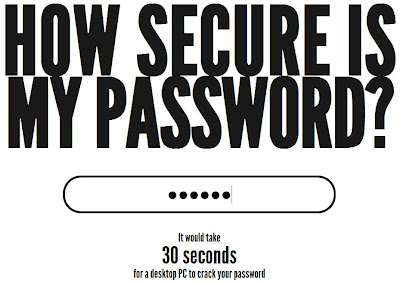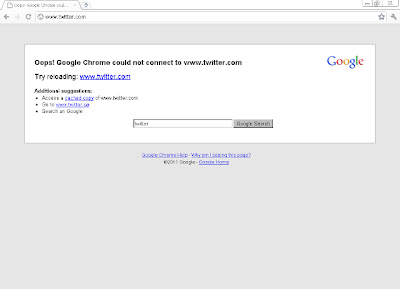WiMax is not Wi-Fi. It is much, much more like ADSL, only without the phone lines. It is fixed wireless. It is local loop replacement. Initially the 802.16 spec will support 300 kbit/s to 2 Mbit/s (the same speeds as DSL more or less) over a distance of up to 30 miles (much further than DSL).
WiMAX is a telecommunications protocol that provides fixed and fully mobile Internet access. The current WiMAX revision provides up to 40 Mbit/s with the IEEE 802.16m update expected to offer up to 1 Gbit/s fixed speeds. The name “WiMAX” was created by the WiMAX Forum, which was formed in June 2001 to promote conformity and interoperability of the standard. The forum describes WiMAX as “a standards-based technology enabling the delivery of last mile wireless broadband access as an alternative to cable and DSL”.
What is Interoperability?
In telecommunication, the term can be defined as:
The ability of systems, units, or forces to provide services to and accept services from other systems, units or forces and to use the services exchanged to enable them to operate effectively together.
The condition achieved among communications-electronics systems or items of communications-electronics equipment when information or services can be exchanged directly and satisfactorily between them and/or their users. The degree of interoperability should be defined when referring to specific cases.
WiMax (802.16e) is a newer standard of wireless networking designed to give the last mile of high speed internet access to its end user. WiMAX can also be called as WMAN by some people. Wifi is still used in LAN environments. WiMax was planned and designed to provide (MAN) Metropolitan Area Access, to homes and businesses.
WiMax base stations have the capability to provide approximately 60 businesses with T1 access and hundreds of homes with DSL/Cable speed access. Its experts are stating that WiMax has the capability of reaching 30 Miles but real world testing has shown 4-8 mile working radius.
WiMax (MAN) deployments are similar to a WiFi network. First the Internet Service Provider would have their T3 or higher access. The ISP would then use line of sight antennas (Bridges) to connect to towers that would distribute the non line of sight signal to (MAN) residential/business customers.
WiMax line of sight antennas operate at a higher Frequency up to 66 mhz. Distribution antennas do not have to be in the line of sight with their customers. Non – line of sight towers operate on a range similar to Wi-Fi. WiMax can operate right next to cell phone towers with no interference.
Deployments of WiMAX networks are similar to Wi-Fi. The WiMAX Base Station/Tower beams a signal to a WiMAX Receiver. Similar to a Wi-Fi access point sending a signal to a laptop. Some laptops are shipped with Wimax receivers.
QOS (Quality of Service) is a major issue with WiMAX because of the number of people accessing a tower at once. When a WiMAX tower is overloaded with a lot of people accessing at a time, i.e.when the tower/base station is nearing capacity then it automatically transfers the user to another WiMAX tower or cell. Unlike a Wifi clients who have to kind of fight to stay associated with a given access point; WiMAX performs hand shake at the MAC level the first time they access the network.
WiMAX is designed for building a network infrastructure when the environment or distance is not favorable to a wired network. Also, WiMAX is a cheaper and faster alternative than having to lay wire. African countries are now going to start deploying WiMax networks instead of cell phone networks.
Defense authorities are already using wireless technology to connect remote sites. Logistics will be simplified with the ease of tracking with RF technologies. WiMax can also handle Webcams and streaming video which gives commanders eyes on target capability.
~networld















